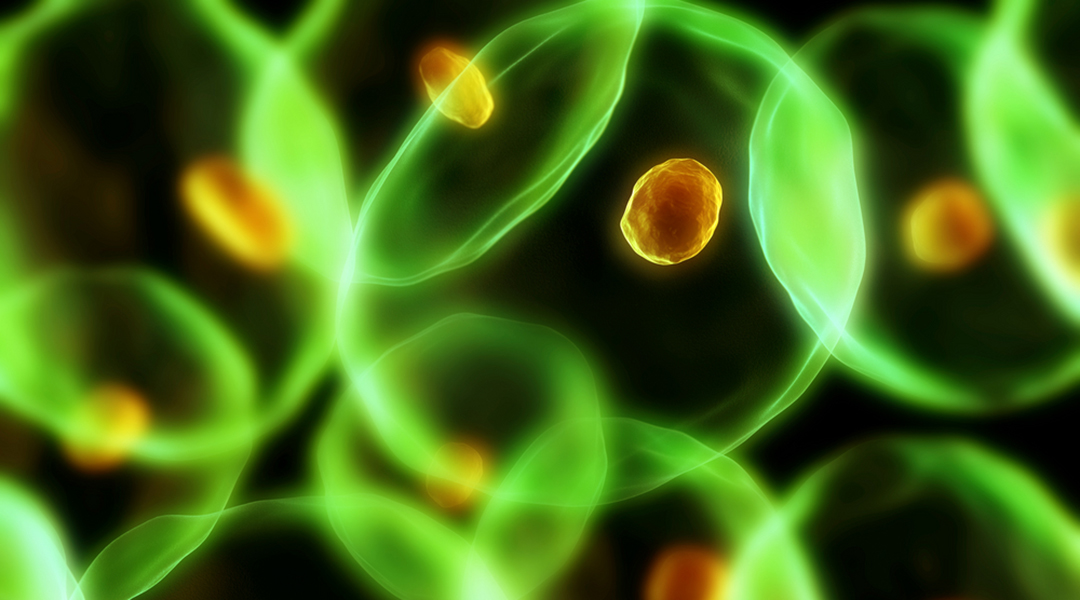An innovative new device that can examine and separate single cells on the basis of their response to stimuli could boost personalized medicine and advance our understanding of our own molecular mechanisms.
Developed at the University of Exeter’s Living Systems Institute, the Functional Phenotype Flow Cytometer (FPFC) moves individual cells between “virtually” separate microfluidic channels, thereby exposing them to a substance that can induce a cellular response. For the first time, it allows scientists to sort cells by their function and the strength of their response in greater granularity than ever before.
The research, published in Advanced Biology, has potential to improve personalized medicine by detecting whether a specific drug is likely to work for a patient before it is administered.
“Our new technology advances our ability to effectively separate and isolate biological cells into specific and well-defined subpopulations, which is crucial to advancing our understanding of cell make-up and function, and its relevance to disease,” explained Catalin Chimerel of the University of Exeter who led the research.
Before they enter the device, cells are exposed to a biological reagent solution, which means the brighter their florescent glow, the stronger the response. The technique performs three consequent cell processing steps on a novel microfluidic chip: monitoring individual cell response across the population, incubating cells with a stimulus, and then sorts the responsive cells in real time. The device can profile and sort hundreds of cells depending on their functional response, and crucially, can detect the strength of the response.
“Our device allows cells to be sorted into sub-groups in a far more refined way than ever before,” said Chimerel. “We can see not only their function, but how effective it is. We’re excited to see how this research will develop, with a longer term aim of translation into commercial use.
“On a basic level, this has the potential to help us make huge advance into understanding our own cellular make-up. An obvious application is in testing drug response — by exposing the patient’s cells to a drug in our device, we will get a very good indication of whether it will prove effective, meaning we have a much better chance of choosing the right drug first time, improving care and reducing unnecessary side-effects.”
Reference: Petar Nikiforov, et al., Functional Phenotype Flow Cytometry: On Chip Sorting of Individual Cells According to Responses to Stimuli, Advanced Biology (2021). DOI: 10.1002/adbi.202100220
Press release provided by the University of Exeter

















